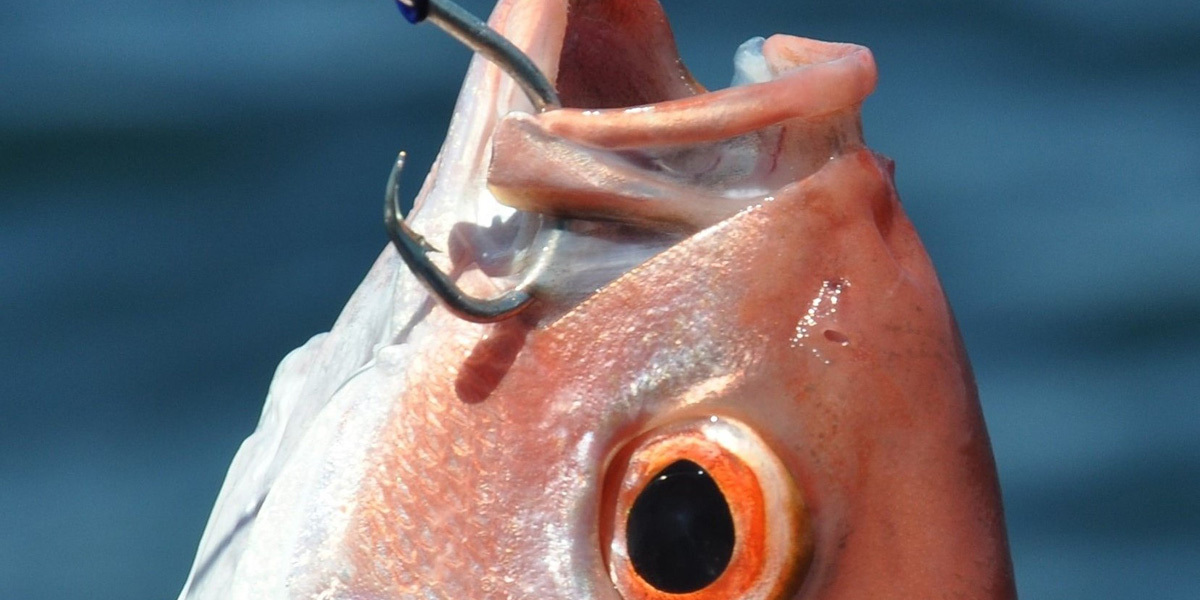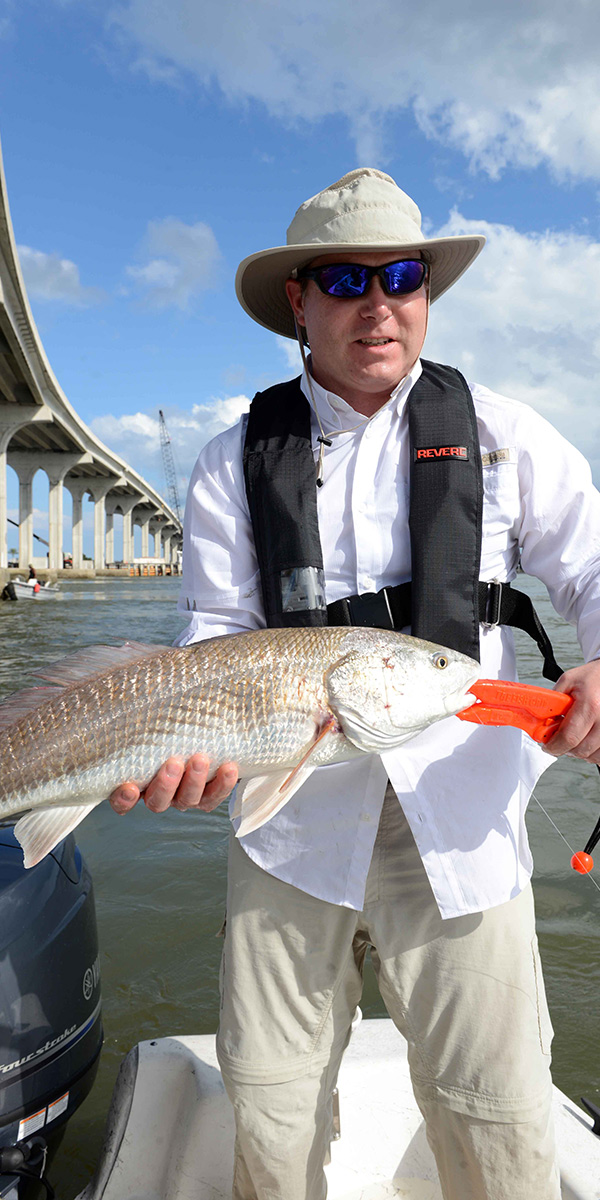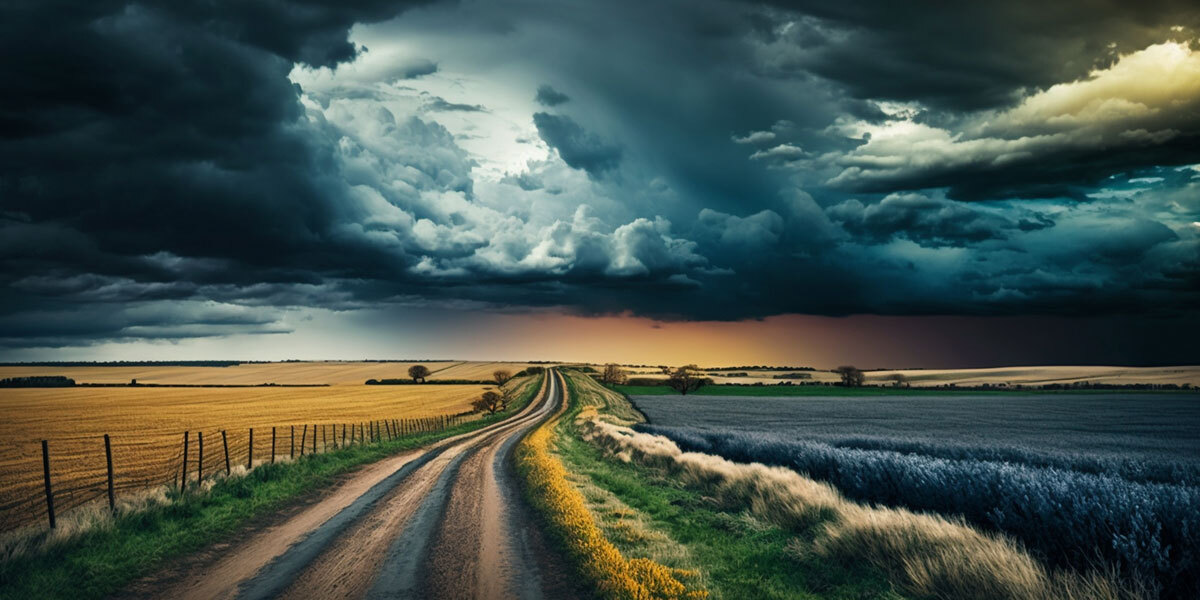

Fishing Tips For Beginners To Pros

Max Curtis, president of Residential Roofing in Blytheville, AR, knows the secrets of Mallard Lake.
Beneath the placid surface of the 300-acre cypress-ringed fishing hole in northeast Arkansas lurk mysteries and surprises, legends and history. Back in the day, Curtis and his grandfather used to grab their gear of an afternoon and match wits with the bream and crappie.
They never got a monster though. That honor went to an angler from Memphis, TN, who landed a 16-pound, 4-ounce largemouth bass in Mallard Lake back in 1976 — the biggest bass ever caught in Razorbackland. (For the record, the fisherman, Aaron Mardis, was using a chartreuse Cotton Cordell Vibra Queen spinnerbait to which he added a black grub trailer. The reel was an Ambassadeur 5500 on a 5.5-foot Cordell rod spooled with 30-pound test line.)
Now a grandfather himself, Curtis and the other locals from Manila and Blytheville head to Mallard because it’s what he called “a fast getaway.” They park their vehicles on the side of the road and just throw a line off the bank. Sometimes they bring a picnic. They always bring the kids, especially when they’re fishing for bream.
“They bite fast and you can catch a lot of them,” Curtis said of the feisty game fish. “And they fight real hard.”
Bream are small — most weigh less than a pound — but for kids such as his 8-year-old granddaughter, Curtis said, “it feels like they’re fighting a big fish.”
They’re also pretty tasty, though Curtis is usually a catch-and-release sort of guy.
The breeze, the gentle lapping of the water, the memories of his granddad. Curtis found his paradise at the end of a fishing pole in Mallard.
Fish Tech
Every angler has his (or her — many a fish has been landed by a feminine hand) favorite spot, gear and/or strategy. But sometimes you need to fish around.
Maybe you’re bored with your usual fishing spot. Or the fish aren’t biting like last year. Perhaps you dream of finding the perfect place to plant your tackle box on your next vacation.
Help finding new fishing holes is out there. Fresh or salt, fly or pole, near home or far away, your next fishing spot can be found with new technology, old-fashioned methods — or a combination of the two.
With today’s technology, you often can figure out the exact bank, pier, beach or wading stream you want to hit before you even start up your truck to go there.
If you aim to use tech to outwit a fish, start with the website of the state natural resources department. Indiana’s Department of Natural Resources (DNR) offers interactive websites full of frequently updated information on lake levels, fish spawning seasons and water temperatures, as well as what your fellow anglers are catching. Check your state’s DNR for information about your local and regional fishing holes.
Brian Schoenung, a biologist and the chief of fisheries for the Indiana DNR, said the site even gives the precise GPS coordinates of features such as access roads and boat ramps.
In Florida, the Fish and Wildlife Conservation Commission’s website (FWC) contains information about both fresh and saltwater angling, as well the latest fishing news and fun facts such as: A catfish has over 27,000 taste buds — more than any other animal.
Another great website is UltimateFishingSite.net, the brainchild of professional fisherman and fishing blogger Kevin Sewell. Sewell has been building content for 10 years and offers an impressive collection of YouTube videos (check out the ones of him testing lures in a fish tank) in addition to extensive information about where to fish when you travel.
With links to all 50 states, plus Canada and the Bahamas, the site is perfect for vacationing anglers or for the guy who brings his tackle box on a work trip. You have no excuse not to get out there!
Fishy, Phone Home
OK, so you’ve checked the website, punched the coordinates into your GPS and assembled your gear. Think you’re done with the tech toys? No way.
“Except for a depth finder, your phone can do a lot of the navigating for you,” said Richard Abrams, supervisor of outreach and education programs for the Florida Wildlife Commission, Division of Marine Fisheries Management. “Technology certainly has aided in being able to fish.”
So there you are, out on the water, just you and your trusty fishing apps, which help with maps, locating fish and sharing your catch. But be careful — once you post a photo, you won’t be able to embellish the story later! (Photo tip: Try holding the fish closer to the camera so it looks larger.) Some good app suggestions can be found at Salt Strong and Mystery Tackle Box.
Man Vs. Nature
But do fish use technology? No, they do not!
In your piscine pursuits, you may find yourself in need of some old-school skills, such as seeking out a still-functioning pay phone when you’re out of cell range, consulting printed guides, unfolding maps, talking to locals or reading the winds.
Schoenung, of Indiana, suggests picking up a print copy of the DNR’s fishing guide that is available throughout the state. It includes a listing of natural lakes, stocked reservoirs and other bodies of water the public can access for fishing. It also lists the names and phone numbers for the biologists at the fisheries in the different regions of the state, whom Schoenung says are available to advise anglers on species’ calendars, locations and habits.
In Florida, the state publishes 26 free boating and angling guides — on waterproof paper — for different geographical areas (sometimes for a whole county, other times for specific bodies of water). The guides help folks find boat ramps, marinas and artificial reefs and also contain general information and phone numbers for the Coast Guard, Florida Department of Environmental Protection and biologists at regional FWC offices.
The guides are “the best thing for someone who’s coming to Florida or who lives here and wants to fish somewhere new,” Abrams said.
Some people don’t need printed guides, or maps either. They study their environment and their prey, relying on experience and acumen (and maybe some luck) to beat the fish at their own game.
Curtis knows that bream like to hide in vegetation and sunken trees in shallow water, and that crickets and a cane pole are all it takes to land them.
Abrams says he is one of many who still prefer to do things the old way.
“As long as the tide is moving,” he said, “I’m happy. But that’s just me.”
Here, Fishy Fishy
High-tech, old-school, whatever. The point of the exercise is: Find the fish!
What’s biting where? What can you expect from the fishing holes?
The good news: You can fish anywhere. From the Everglades to the North Woods, the tip of Maine to the coast of California, every state has a lake, pond, stream, river, shoreline or other bodies of water where you can dangle a line.
Apparel and accessory maker Huk puts Alaska at the top of the where-to-fish list, while In-Fisherman says Florida is the best place to catch bass. The Sunshine State also wins kudos as the best saltwater fly-fishing destination in the States from Forbes.com.
Indiana offers a lot of variety.
“Indiana is a unique state because we have a small piece of the Great Lakes,” Schoenung said. Natural lakes in the northern part of the state offer an experience similar to fishing in Michigan, Wisconsin or Minnesota. They even freeze over during a typical winter, attracting "ice anglers."
Chesapeake Bay, Abrams’ first fishing grounds, is home to rockfish — what they call striped bass in Maryland — crabs, bluefish, black drum and trout.
Known for some of the best fishing in the South, Arkansas boasts 9,700 miles of fishable rivers and streams and some 600,000 acres of lakes, creeks, sloughs and bayous. The state’s mountain lakes, fed by cold-flowing springs and creeks, are among the cleanest in the world, making them a magnet for scuba divers and underwater photographers as well as anglers.
If you happen to find yourself on an Arkansas stream, look around — Max Curtis might be nearby. Ask him for some tips. Or you can just do what he does: Throw the hook in the water and have a little fun.









 Gear!
Gear! PRO LOGIN
PRO LOGIN